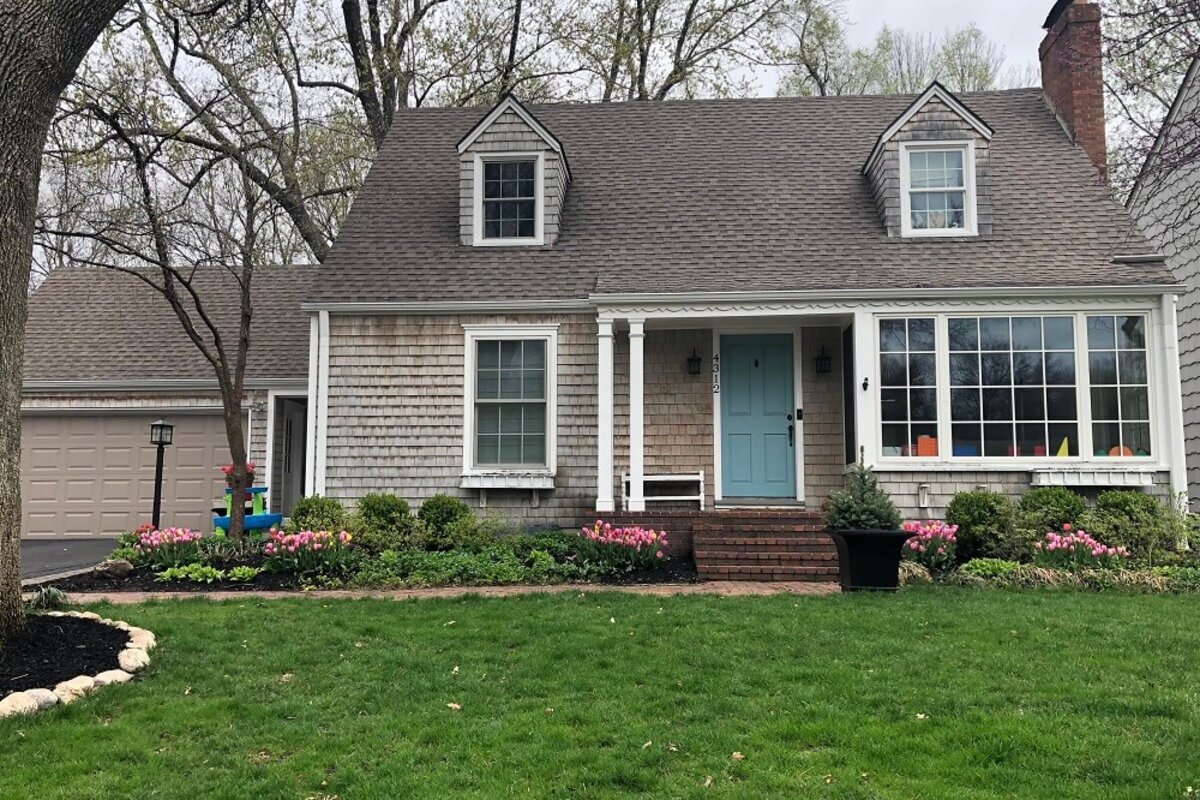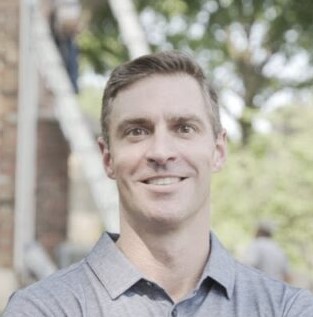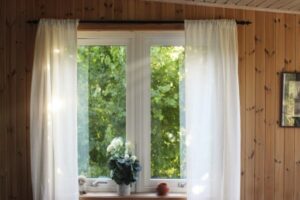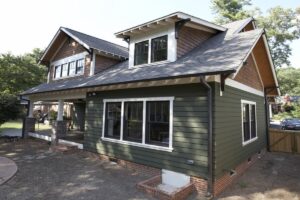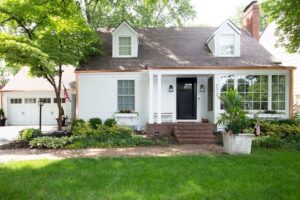What causes siding to fade?
Unfortunately, there are several reasons the siding you spent so much on looks faded, patchy, and uneven. Sun exposure, weathering, poor-quality materials, and sub-par installation are just a few reasons your siding may be fading.
The siding on your home is the first level of defense your house has against the elements. Without it, you risk more significant maintenance issues, not to mention that faded siding looks shabby.
But there are ways to fix faded siding; the best one is to choose a durable siding material like James Hardie.
What Causes Siding to Fade?
Sun Exposure
Harsh UV rays from the sun can wreak havoc on your siding, particularly older siding material. Some new siding options have a UV-resistant coating, offering better protection from discoloration and fading.
You could also plant shade trees in your yard or use awnings to help reduce the amount of direct sunlight your siding is exposed to. But trees come with their own maintenance issues, so it’s better to go with durable siding designed to withstand UV damage.
Weathering
Harsh weather like rain, snow, hail, and wind can damage your siding over time. Sustained rain means increased humidity levels. With humidity comes mold and mildew, damaging your siding and making it appear faded in sections.
If you’ve neglected your siding maintenance, excess moisture and dirt build-up can also cause your siding to fade faster. The best way to protect your siding from weathering is to choose a siding material that can stand up to the elements.
Incorrect Installation
You could choose the best siding material available, but if it’s poorly installed, you’re in for problems. It will fade faster if the siding has poor paint adhesion or a sub-par finish.
The best option is to choose a professional company that specializes in the siding you want and understands the manufacturer’s installation guidelines.
Low-Quality Materials
Replacing your siding can be expensive. But cutting corners initially will cause you problems later on. Low-quality materials aren’t made with the care and precision of high-quality ones. That means they will fade faster.
Going with a cheaper option can be tempting, but it will cost more money in the long run. A professional company will help you get the siding you want within your budget without cutting corners.
Shoddy Maintenance
Like most areas of your home, your siding needs love and care to keep it performing well and looking good. Different siding materials have specific maintenance needs.
But what they have in common is a gentle touch.
- Harsh cleaning agents and chemicals can strip away the protective coating on your siding, causing it to fade faster.
- A high-pressure hose can damage your siding boards and cause water damage.
- Using an abrasive brush to remove mold and mildew can scratch your siding, leaving it vulnerable to UV rays.
Why Different Materials Fade
Vinyl is very susceptible to UV damage, and the color breaks down over time. This leaves you with a less vibrant finish.
Wood siding fades quickly when exposed to sunlight, weathering, and moisture. It requires regular sealing, staining, or painting to keep it protected and looking good.
Fiber Cement is Our Fade-Proof Siding of Choice
James Hardie Siding has proprietary ColorPlus Technology that improves its ability to resist fading. Multiple coats of paint are baked on for enhanced durability and vibrant color.
James Hardie siding is well-known for its ability to withstand harsh weather and UV rays. Still, professional installation and regular maintenance are crucial. Kentucky Home Exteriors has James Hardie factory-trained professionals, so you can rest assured that you are getting the best installation possible.
Understanding What Causes Siding To Fade
We know what a significant investment new siding can be, and we want you to get the most from your siding.
So, if you’re wondering what is causing your siding to fade, contact us for a free consultation and troubleshooting session.

